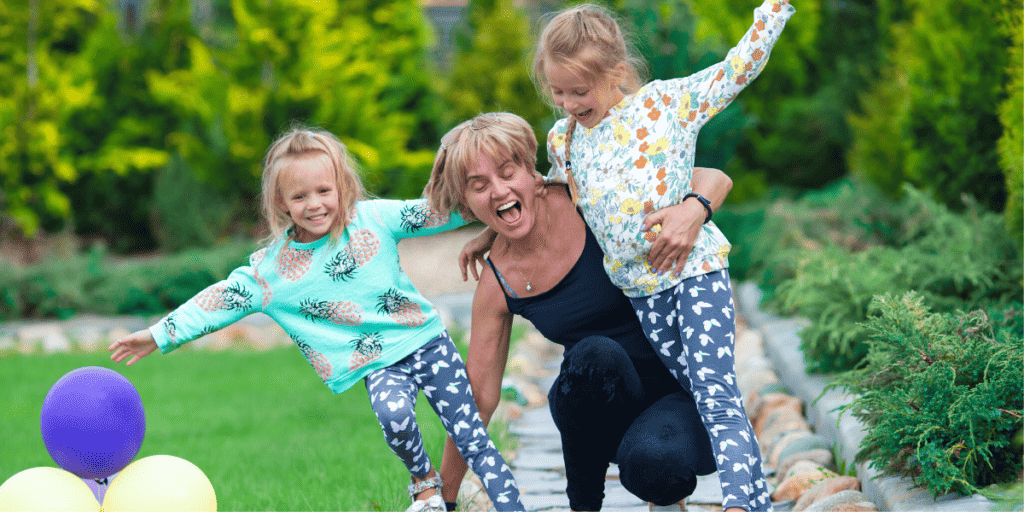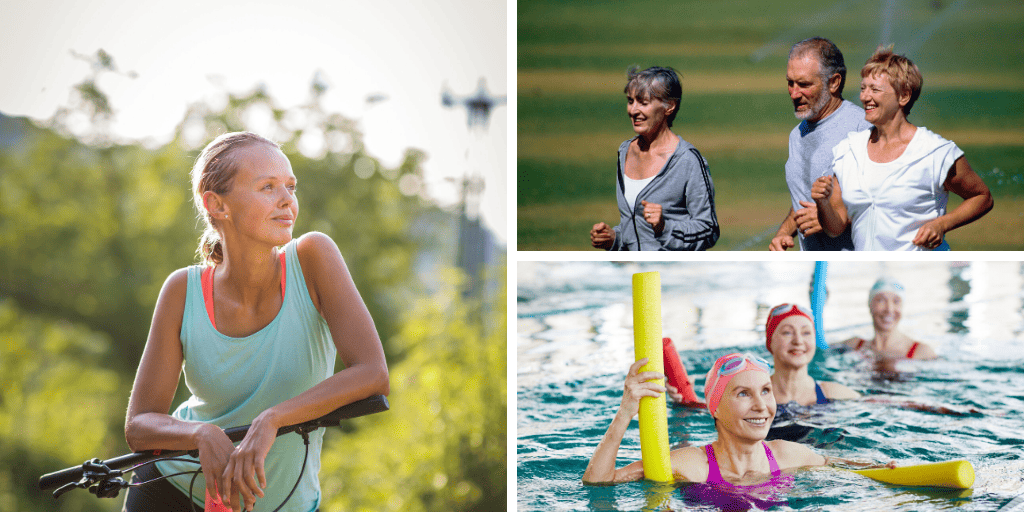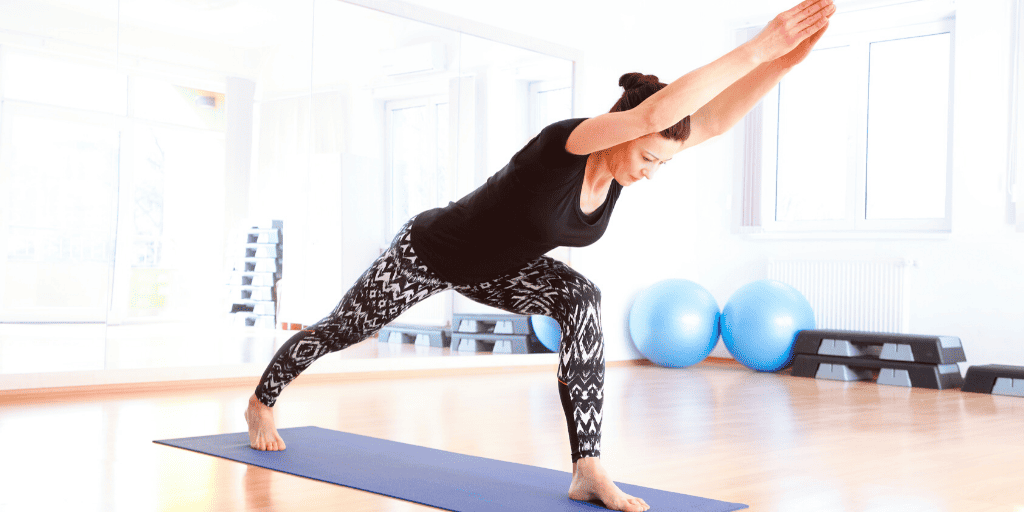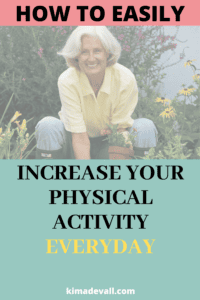
What comes to mind when you think of increasing your activity?
Do you think of exercise?
Do you think of cleaning your house?
In this blog, I’ll share the differences between physical activity and exercise and 5 reasons why you should consider both as you start increasing your activity.
How is physical activity different from exercise?
Physical activity is any movement of the body that requires energy expenditure, such as playing, working, active transportation (ie. biking, walking), house chores, yard work and gardening.
Exercise is a subset of physical activity that is planned, structured, repetitive and purposeful with the intent of improving one or more compenents of physical fitness.

Physical activity

Exercise
There are 5 components of overall physical fitness. You can start increasing your activity today with a variety of physical activity including planned exercise to improve one or more of these aspects of fitness.
5 Components of Physical Fitness
#1 - AEROBIC FITNESS
Aerobic fitness refers to how well your body delivers oxygen to your heart, lungs, arteries etc. Building your endurance makes every day living activities easier.
Any activity that gets your heart rate up is working to improve your overall endurance.
Some great examples to start increasing your activity are brisk walking, jogging, swimming, and biking.

#2 - MUSCULAR STRENGTH AND ENDURANCE

Thinking of starting a strength training program? Grab my FREE 7-day workout plan.
#3 - FLEXIBILITY
Have you noticed as you get older, your muscles feel tighter?
Maybe you’ve noticed it’s getting harder to lift your arms up over your head or you’re finding it hard to touch your toes.
It happens to all of us (or most of us).
As you start increasing your activity, adding in stretching and yoga are great ways to improve your flexibility.

There are several benefits you may experience as your flexibility improves:
- less back pain
- less risk of injury from tight muscles and tendons
- better sleep
- better range of motion
#4 - BALANCE
Balance is another aspect of our health that often declines as we get older.
You can counter that natural decline as you start increasing your activity.
You can improve your balance by:
- strengthening the muscles in your calves and upper legs.
- Standing on one foot throughout your daily activities. For example, while washing dishes or drying your hair in the morning, try standing on one foot for a few seconds and switch to the other.
#5 - AGILITY
You can think of agility as your physical quickness. Since agility requires a combination of coordination, balance, speed, endurance and strength, as you improve in those areas, your agility will improve too.
Reason #1 to Start Increasing Your Activity
- 21–25% of breast and colon cancers
- 27% of diabetes
- 30% of ischaemic heart disease burden.
Reason #2 to Start Increasing Your Activity
- Control your blood pressure/Reduce your risk of hypertension
- Improve your mood and reduce feelings of depression or sadness
- Improve your balance and lower the risk of falls.
- Reduce levels of stress or anxiety
Reason #3 to Start Increasing Your Activity
“Taking it easy” as we get older is thought to be more the blame as we lose the ability to do things on our own than our age.
Years of inactivity can also lead to more doctor and hospital visits and more use of prescription medications. Remember though, it is never too late to start increasing your activity.
Reason #4 to Start Increasing Your Activity
Improve your overall strength so you can remain independent
Reach and/or maintain a healthy weight
Reason #5 to Start Increasing Your Activity
Physical activity may improve or help you maintain your cognitive function as you age.
How can I get more non-exercise activity?
- Take the stairs instead of the elevator
- Walk/bike to work
- Walking meetings
- Gardening
- Playing outdoor games with grandkids
- Vacccuuming or other cleaning throughout the week instead of all on one day
- Use a standing desk at work
- Park farther away from the building
- Ride a stationary bike while watching TV
- Walking the dog
Pin it now. Read later.

